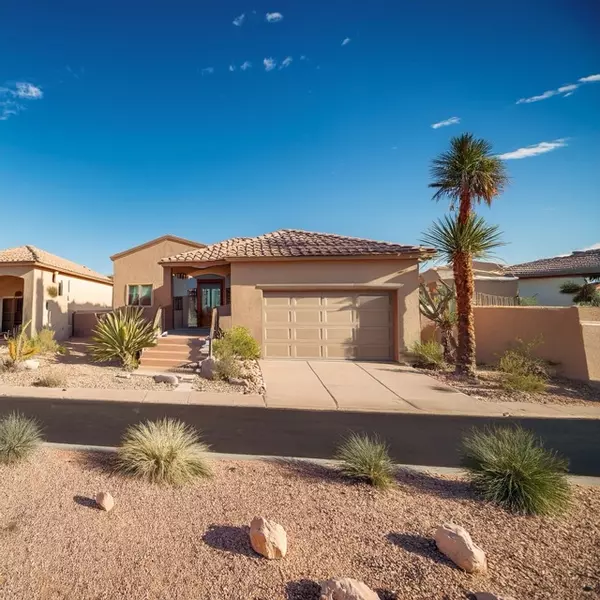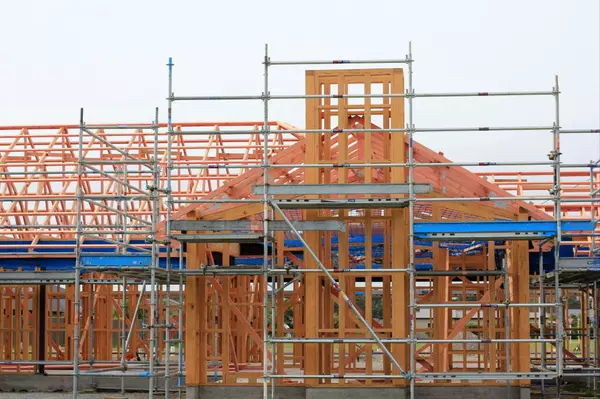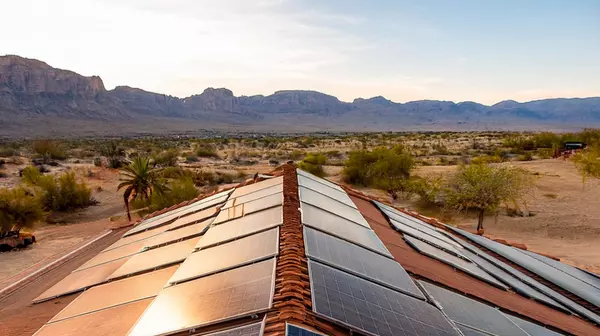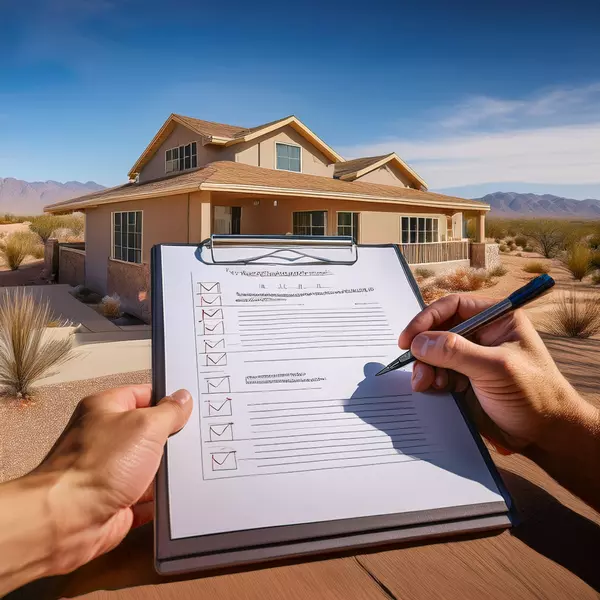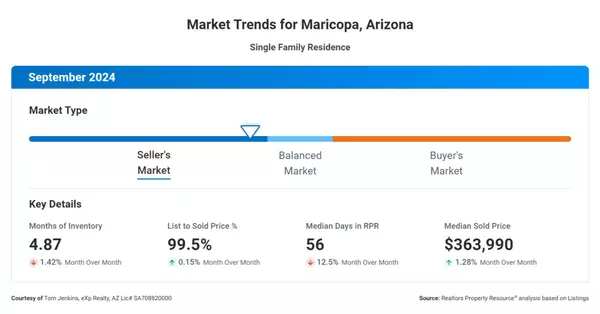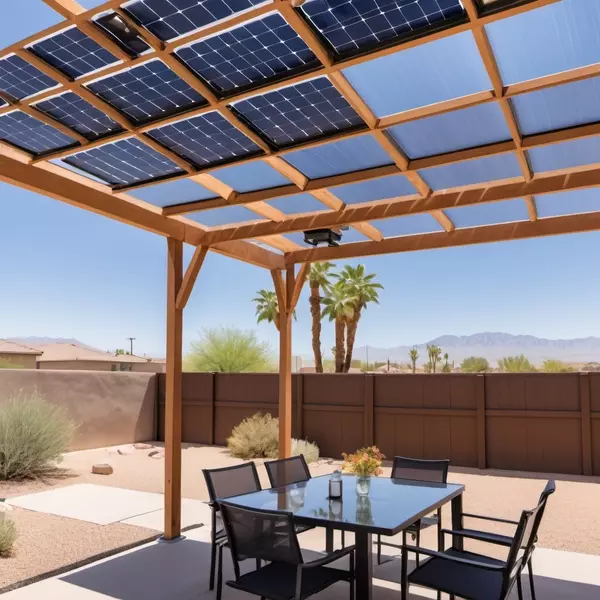An Idea Guide to Eco-Friendly Home Renovations
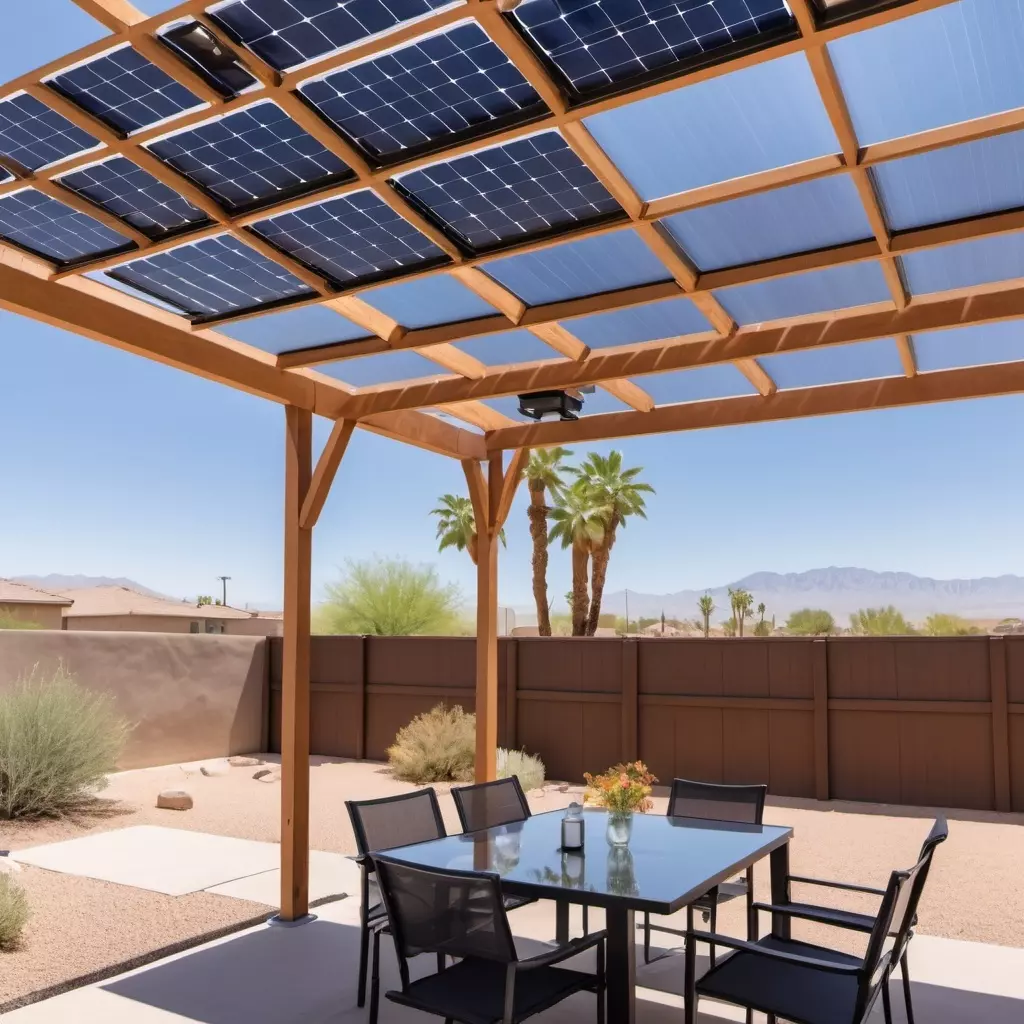
As we become increasingly aware of our environmental impact, making eco-friendly choices in home renovations is gaining popularity. Not only do these choices help the environment, but they also offer long-term savings. This guide will explore six key areas where you can make impactful changes: installing shade structures, upgrading to water-efficient fixtures, replacing traditional lighting with energy-efficient LED options, upgrading insulation, installing a smart thermostat, and harnessing solar energy with solar panels.
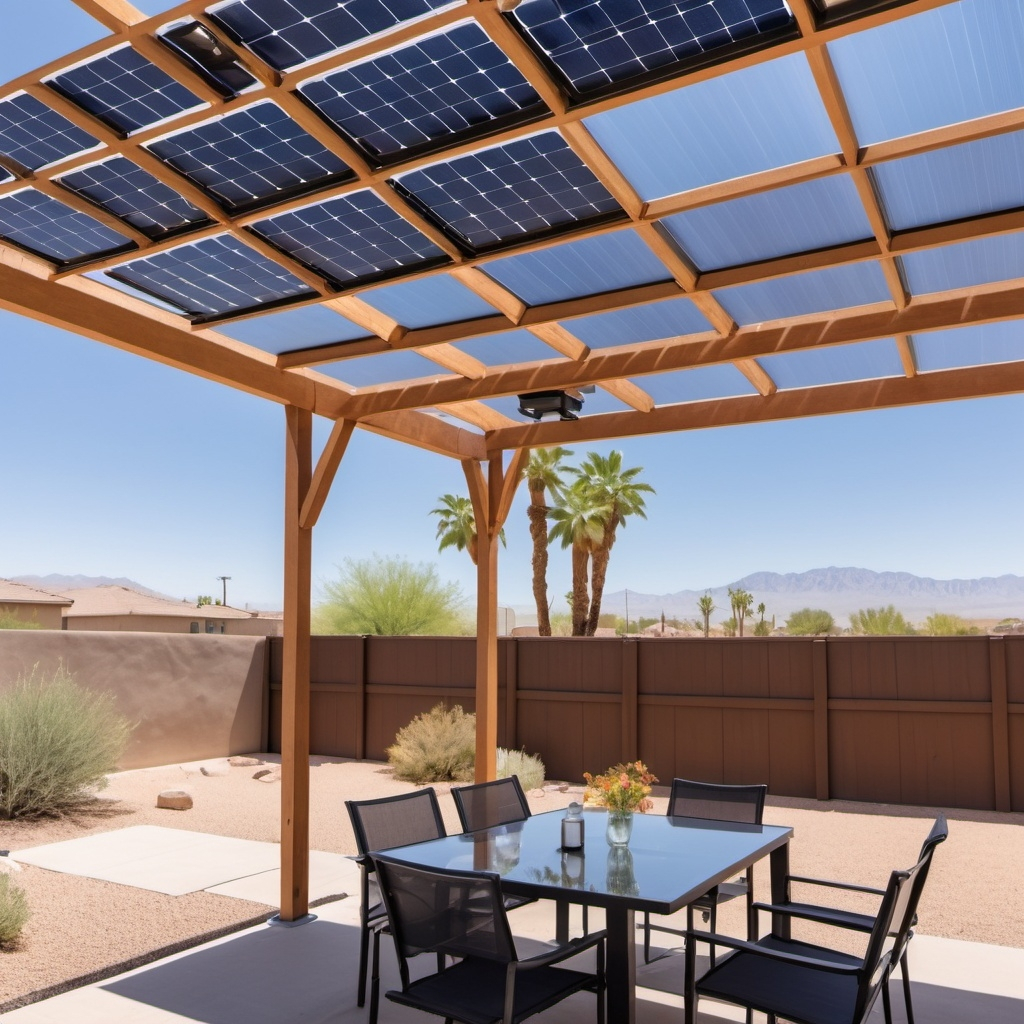
Shade Structures
Benefits of Shade Structures
Installing shade structures like pergolas, awnings, or shade sails can significantly enhance the comfort of your outdoor living spaces while also reducing indoor temperatures. In hot climates, these structures provide necessary shade, reducing the need for air conditioning and lowering energy consumption. Shade structures not only contribute to a cooler home but also extend the usability of your outdoor areas, making them pleasant retreats even during peak summer months.
Types of Shade Structures
- Pergolas: These are free-standing or attached structures with an open lattice design, providing partial shade. They can be adorned with climbing plants for added aesthetic and cooling effects.
- Awnings: Fixed or retractable awnings can be installed over windows, doors, or patios to provide shade and reduce solar heat gain.
- Shade Sails: These are versatile and can be installed in various shapes and sizes to cover patios, pools, or garden areas.
Installation Tips
- Placement: Position your shade structures to block the most intense sun rays, typically from the south or west.
- Materials: Choose durable, weather-resistant materials that can withstand the elements and provide long-lasting shade.
Water-Efficient Fixtures
Importance of Water Conservation
Water scarcity is a growing concern, making water-efficient fixtures a smart and responsible upgrade. You can significantly reduce water usage without compromising performance by replacing old fixtures with low-flow toilets, faucets, and showerheads. These modern fixtures are designed to maintain water pressure and functionality while conserving this precious resource. The result is lower water bills and a more sustainable household.
Types of Water-Efficient Fixtures
- Low-Flow Toilets: These use significantly less water per flush compared to traditional toilets, offering substantial water savings.
- Low-Flow Faucets and Aerators: These reduce water flow without affecting pressure, making them ideal for sinks.
- Low-Flow Showerheads: Designed to provide a satisfying shower experience while using less water, these can dramatically cut down on water consumption.
Installation Tips
- Retrofitting: Many water-efficient fixtures can be easily retrofitted to existing plumbing, making them a convenient upgrade.
- Maintenance: Regularly check for leaks and maintain your fixtures to ensure optimal performance and water savings.
Energy-Efficient LED Lighting
Advantages of LED Lighting
Traditional incandescent bulbs consume a lot of energy and have a shorter lifespan compared to modern alternatives. Upgrading to energy-efficient LED lighting is a simple yet effective way to reduce your home's energy consumption. LEDs use less energy, emit less heat, and last significantly longer than incandescent bulbs. This translates to reduced electricity bills and fewer replacements, making LEDs a cost-effective and eco-friendly choice.
Types of LED Lighting
- Bulbs: Available in various shapes and sizes, LED bulbs can replace traditional incandescent and CFL bulbs in most fixtures.
- Strips: LED strips are versatile and can be used for under-cabinet lighting, accent lighting, and more.
- Smart LEDs: These can be controlled via smartphone apps or voice commands and offer additional energy-saving features like dimming and scheduling.
Installation Tips
- Compatibility: Ensure your fixtures are compatible with LED bulbs, especially if you are upgrading from older lighting technologies.
- Placement: Strategically place LED lights to maximize illumination and minimize energy use.
Upgrade Insulation
Importance of Proper Insulation
Proper insulation is crucial for maintaining a comfortable indoor temperature in extreme weather conditions. Upgrading insulation in walls, attics, and floors can reduce energy consumption and improve overall energy efficiency. In Phoenix's hot climate, good insulation helps keep the heat out during the summer and retains warmth during the cooler months.
Types of Insulation
- Fiberglass: One of the most common types, fiberglass insulation is effective and relatively easy to install.
- Spray Foam: This type provides excellent coverage and seals gaps and cracks effectively.
- Cellulose: Made from recycled paper products, cellulose insulation is an eco-friendly option.
Installation Tips
- Professional Assessment: Consider having a professional assess your home’s insulation needs to identify areas that require improvement.
- DIY Options: Some insulation projects, like adding attic insulation, can be done by homeowners with the right tools and materials.
Smart Thermostat
Benefits of a Smart Thermostat
Installing a smart thermostat allows for better control over your home’s heating and cooling systems. These devices can learn your schedule and adjust temperatures accordingly, optimizing energy usage and reducing costs. Smart thermostats also offer remote control via smartphone apps, enabling you to make adjustments even when you're not home.
Features of Smart Thermostats
- Learning Capabilities: Some smart thermostats can learn your routine and preferences, automatically adjusting settings for maximum comfort and efficiency.
- Energy Reports: Many smart thermostats provide detailed energy usage reports, helping you understand and manage your energy consumption better.
- Integration: Smart thermostats can often be integrated with other smart home devices for seamless control.
Installation Tips
- Compatibility: Ensure your HVAC system is compatible with the smart thermostat model you choose.
- Professional Installation: While some models are easy to install, professional installation may be recommended for more complex systems.
Install Solar Panels
Advantages of Solar Energy
Phoenix receives abundant sunlight year-round, making it an ideal location for solar energy. Installing solar panels can significantly reduce electricity bills and decrease your carbon footprint. Solar panels convert sunlight into electricity, providing a renewable energy source that reduces reliance on fossil fuels.
Types of Solar Panels
- Monocrystalline: Monocrystalline panels are made from single silicon crystals, and they are known for their high efficiency and long lifespan.
- Polycrystalline: These panels are slightly less efficient but more affordable, made from multiple silicon crystals.
- Thin-Film: Lightweight and flexible, thin-film panels are less efficient but can be used in various applications.
Installation Tips
- Professional Assessment: Have a solar energy professional assess your home’s suitability for solar panels, considering factors like roof orientation, shading, and energy needs.
- Incentives: Research available incentives and rebates to help offset the cost of solar panel installation.
Incorporating eco-friendly renovations into your home can profoundly impact both the environment and your utility bills. By installing shade structures, upgrading to water-efficient fixtures, replacing incandescent bulbs with energy-efficient LED lighting, upgrading insulation, installing a smart thermostat, and harnessing solar energy with solar panels, you create a more sustainable and comfortable living space. Small changes can lead to significant benefits, contributing to a greener future for all.
Categories
Recent Posts
